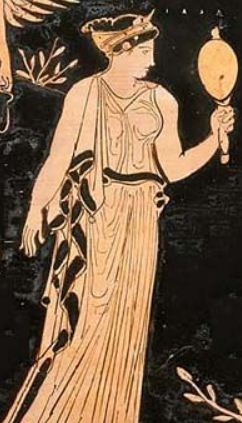
I thought I would try a new series of blog posts looking briefly at everyday items in the ancient world.
Historical fiction is often about great battles, political events, and large-than-life characters.
However, one of the things that anchors these stories more firmly in the past are the everyday items that decorate the homes of the characters around whom the stories revolve, or the tools they use without a passing thought.
We might not notice these items ourselves, as readers, but trust me, if they were missing you would get the impression that the story was not quite authentic, or that it was lacking something you couldn’t put your finger on.
I was going through some photos I had taken the other day and saw this one of some Etruscan mirrors in the display cabinet at the Royal Ontario Museum.
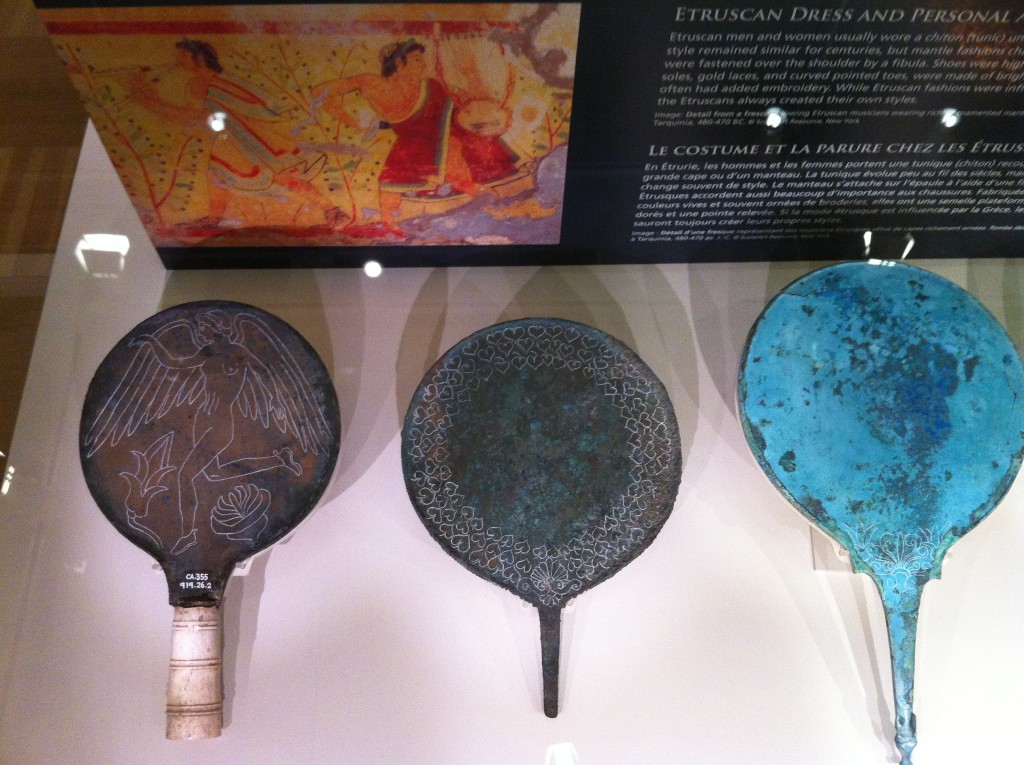
Etruscan polished bronze mirrors at the Royal Ontario Museum
Today, mirrors are things that we definitely take for granted, though I bet we all glance in them a few times a day.
The first mirrors were probably calm pools of water into which people could gaze at their reflections, or crude vessels filled with water. These are primitive, but they are still mirrors.

Polished stone mirror
The earliest man-made mirrors appear to have been made of volcanic glass, or obsidian, and examples of these have been found in Anatolia which date to about 6000 B.C.
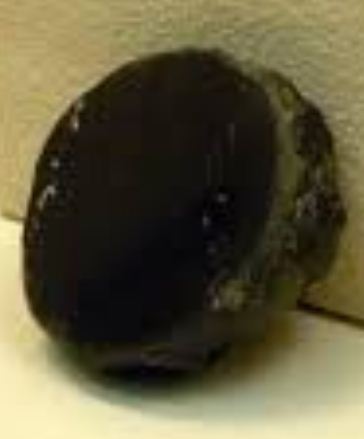
Obsidian Mirror from Anatolia
Polished copper mirrors have been found in Mesopotamia which date to about 4000 B.C., and some in Egypt which date to roughly 3000 B.C.
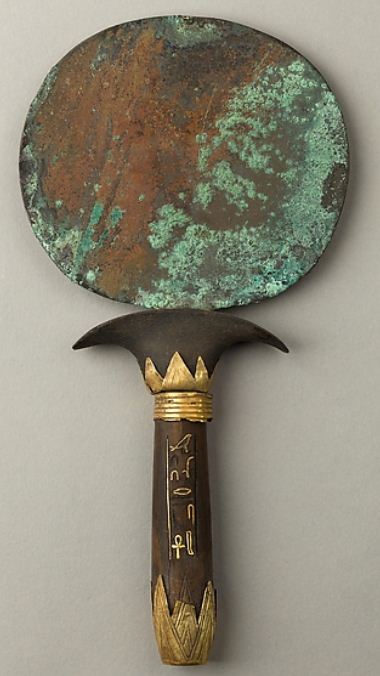
Egyptian Mirror
Dating to around 2000 B.C. there are examples of polished stone mirrors from Central and South America, and bronze mirrors from China dating to the same period.
During the ancient Greek and Roman period, polished bronze mirrors such as those pictured above seem to have been the norm, though these were not something that would have been possessed by the lower classes. Mirrors were probably more of a luxury item, especially the ornate ones. There is also mention of metal-coated mirrors, or glass mirrors backed with gold during the Roman period.
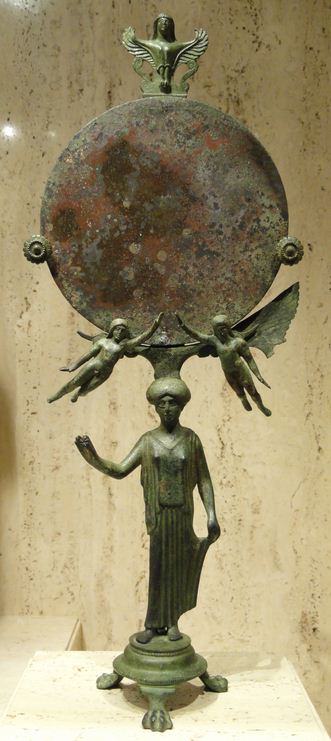
Ancient Greek Mirror
Mirrors such as these have been found among grave goods, indicating that they were, in some cases, prized possessions of the deceased.
When I see these more or less unassuming artifacts, it always makes me wonder who held this mirror, and what did they see, or think, or feel when they saw their own image staring back at them.
This is one of the things I love about archaeology and storytelling.
Every artifact has a human story behind it.


